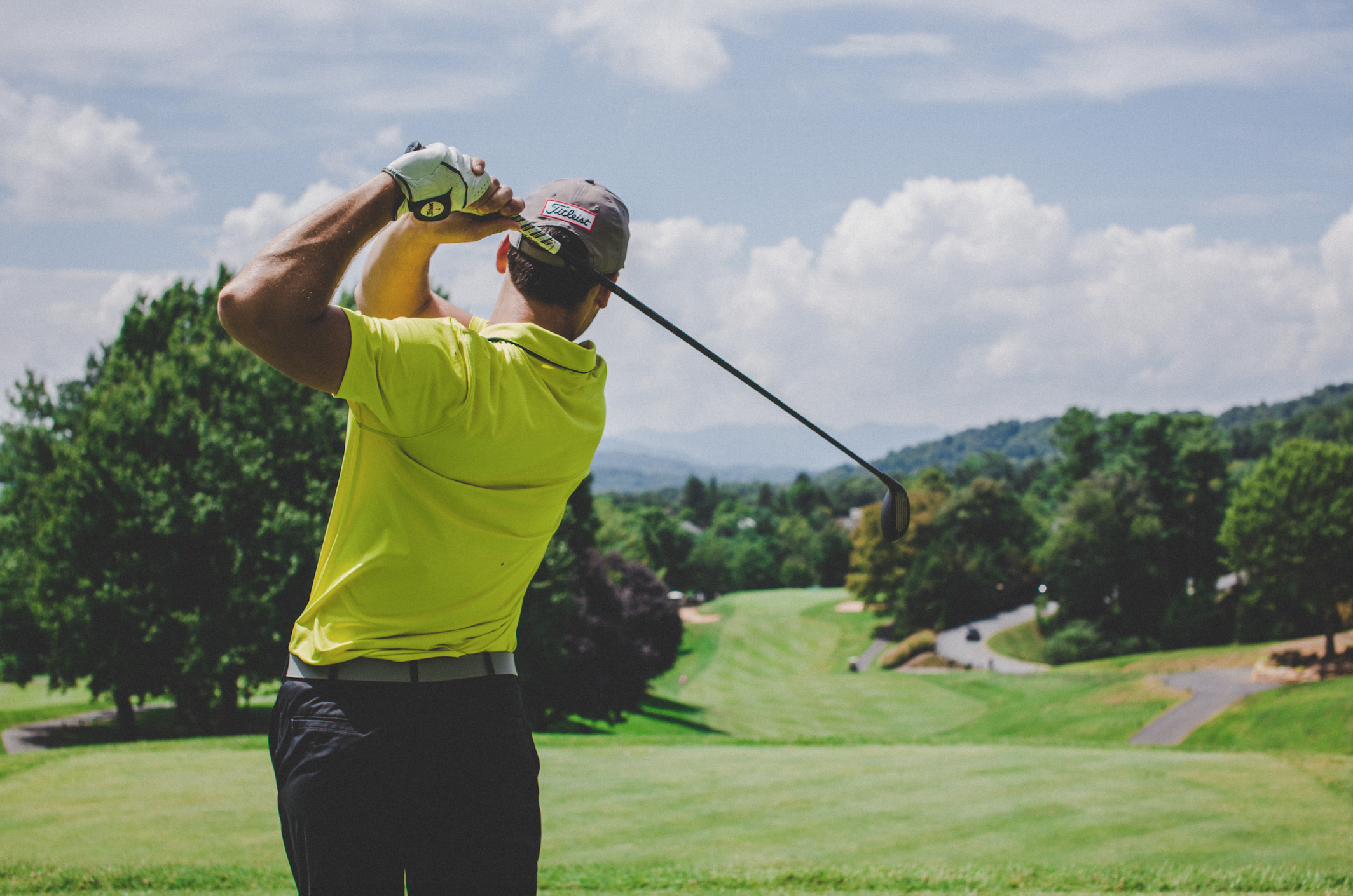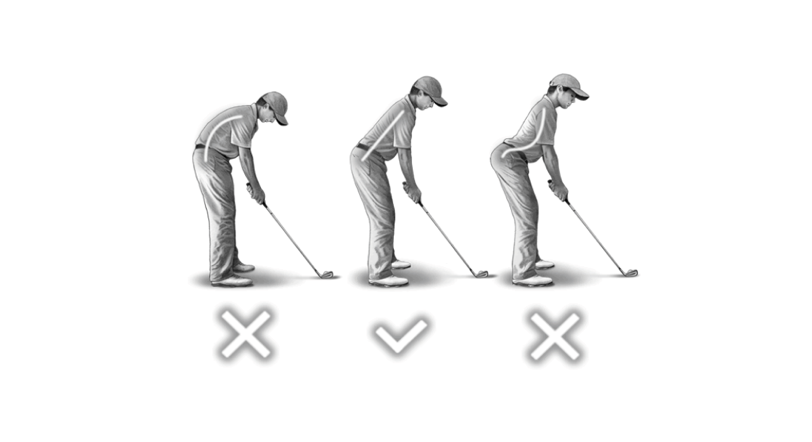Golf and Lower Back Pain: Preventing Injury and Improving Your Game
Whether you are a seasoned pro, an 18 handicap or are new to the sport altogether, lower back pain can be a thorn in the side of any golfer’s game. The high speed and asymmetrical nature of a golf swing create strong rotational and compressive forces that can easily lead to injury without the appropriate strength or technique. The lower back is the most commonly injured area and each individual golfer has unique physical characteristics and swing techniques that will change how their spine is affected. Fortunately, focusing on movement patterning to promote proper swing technique, as well as exercises for hip mobility and core strength will help any golfer reduce stress on their lower back!
3 Common Causes of Lower Back Pain
Improper Swing Technique
Being aware of the common errors that occur during the 4 main phases of a golf swing and knowing how to address them can help reduce injury, whether it is due to overuse or an acute instance.
Address: Keep your lower back straight and weight evenly distributed between your feet. Avoid sticking out your bum too much and keep a slight bend in your knees to prevent hunching forward. This will allow for proper activation of your abdominal and gluteal muscles and protect your spine.
Backswing: Keep your core muscles engaged and allow your hips and thoracic spine to rotate in order to prevent overextending through your low back. Think of the sequence arms-shoulder-hips during this movement! Avoid leaning towards your target, which will also lead to increased extension and place excessive loads on your lower back through impact.
Downswing: When beginning your downswing, the hips should uncoil first with the shoulders and arms to follow. Think hips-shoulders-arms! When the hips and lower body do not rotate, this encourages back extension and leaning away from the ball, thus increasing load on the lower back.
Follow Through: As you follow through, allow your back heel to release to prevent excessive torque through the lower back. Remember to maintain a strong spinal posture and avoid completing your swing in an overextended position that will add stress on your lower back.
Limited Thoracic and Hip Rotation
A lack of range of motion both at the hips and the thoracic spine will often lead to excessive rotation in the lumbar spine during your golf swing. Try these specific hip and thoracic rotation exercises and remember to keep your core engaged throughout to prevent rotation coming from the lower back. Try repeating each exercise 10-15x for 2-3 sets.
Core Weakness
Core stabilization exercises will improve the strength and endurance of muscles that protect your lumbar spine. Try to incorporate exercises that include different planes of movement and target both the abdominal and lower back muscles. Exercises to target core activation with rotation include bird-dogs and pallof presses. Bridges and dead-bugs are great exercises to strengthen your abdominals, lower back and gluteal muscles.
Other ways to consider decreasing stress on your lower back during a round are to use a push cart or power cart rather than carrying your clubs. Always remember to warm up before teeing off, ideally at least 10-15 minutes. Even if you’re running late and your group is waiting for you, your spine will thank you for taking a few minutes to loosen up. If you are experiencing lower back pain, are interested in learning more about golf-specific strengthening, or even have questions before you get out for your first round, call in to book with one of our expert physiotherapists.
By: Ryan Sellan, Physiotherapist








